
MediLumine Launches Full Spectrum CRO Services
We are pleased to announce the expansion of our contract research services into a full spectrum model that unifies imaging and omics platforms within a
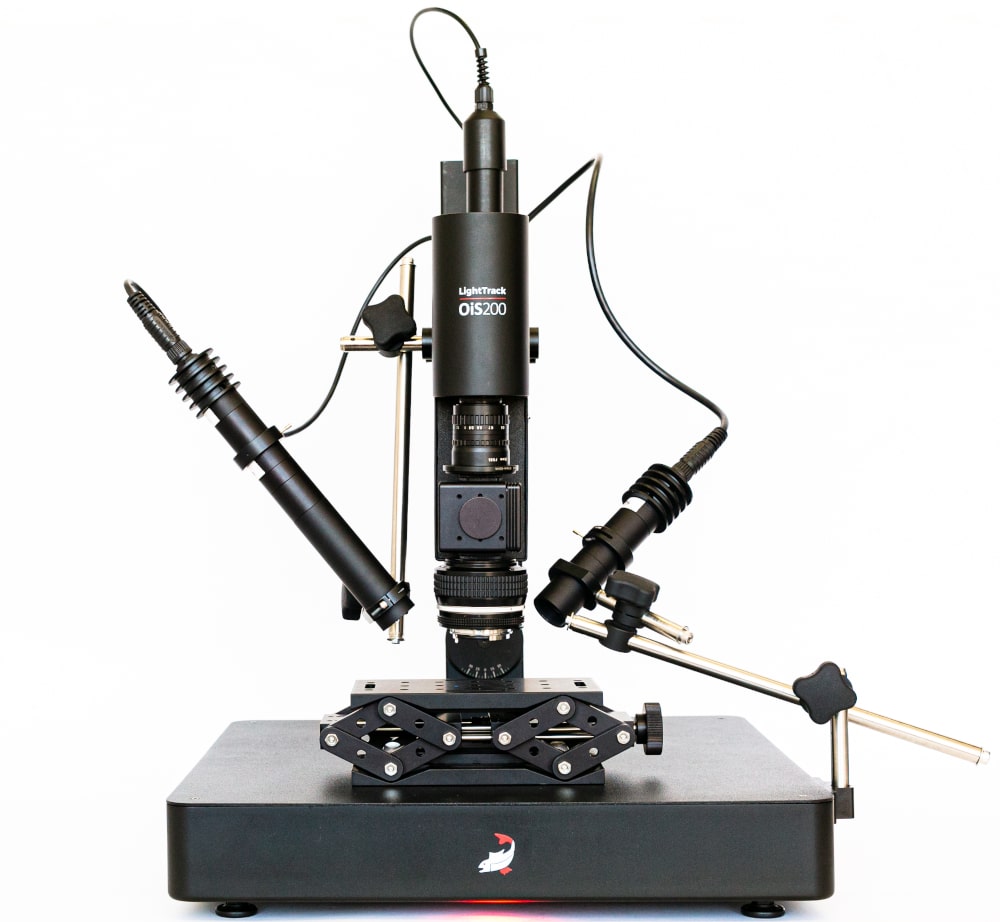
The LightTrack OiS200 Mesoscope for optical imaging and targeted optogenetics is a highly customizable system for in vivo experimentation and behavioural research.
The mesoscope allows scientist perform in vivo imaging across the entire murine cortex as well as targeted optogenetics. The imaging of calcium indicators, intrinsic optical imaging, laser speckle imaging is easily performed with acquisition software that allows for with adjustable frame rate, exposure time, binning, ROI, illumination selection and stimulation parameters.
Users have found the system is ideal for integrating accessories used in behavioral studies as it synchronizes with various other types of behavioral equipment through auxiliary input/output ports.
The integrated and ergonomic system allows you to save lab space and comes at an economical price point making it an ideal research companion for neuroscience, vascular biology, saving 100 hundreds of hours required to build customized mesoscopic rig.
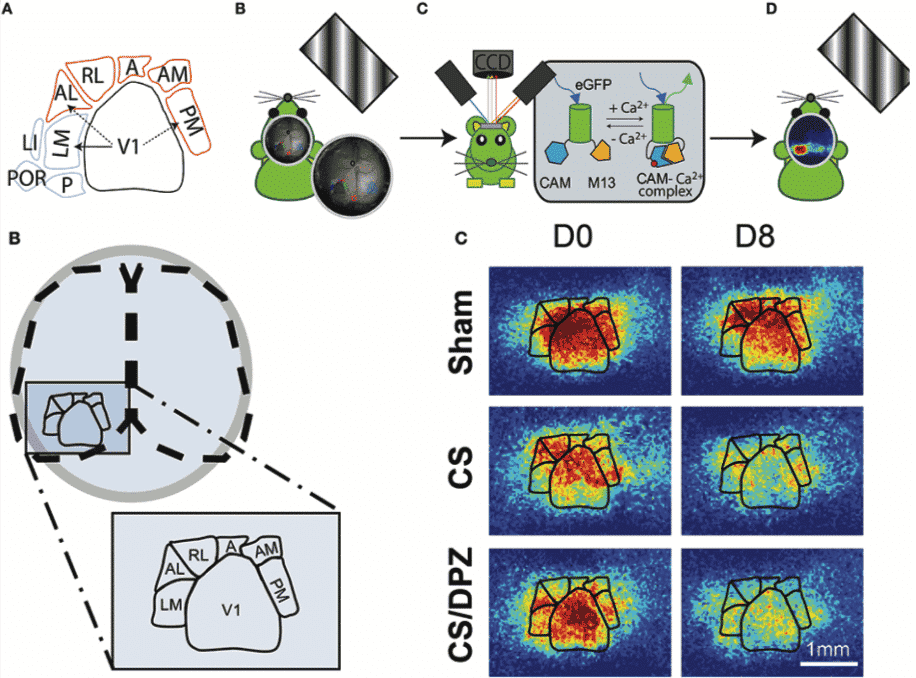
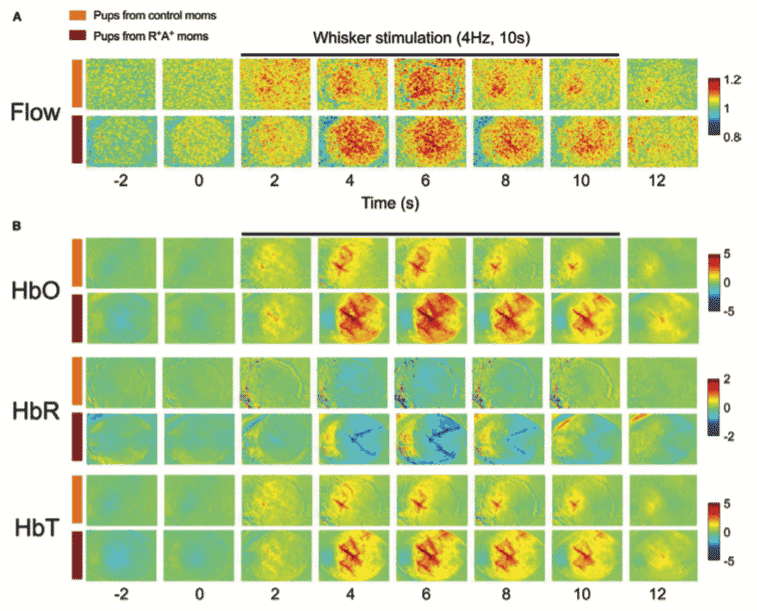
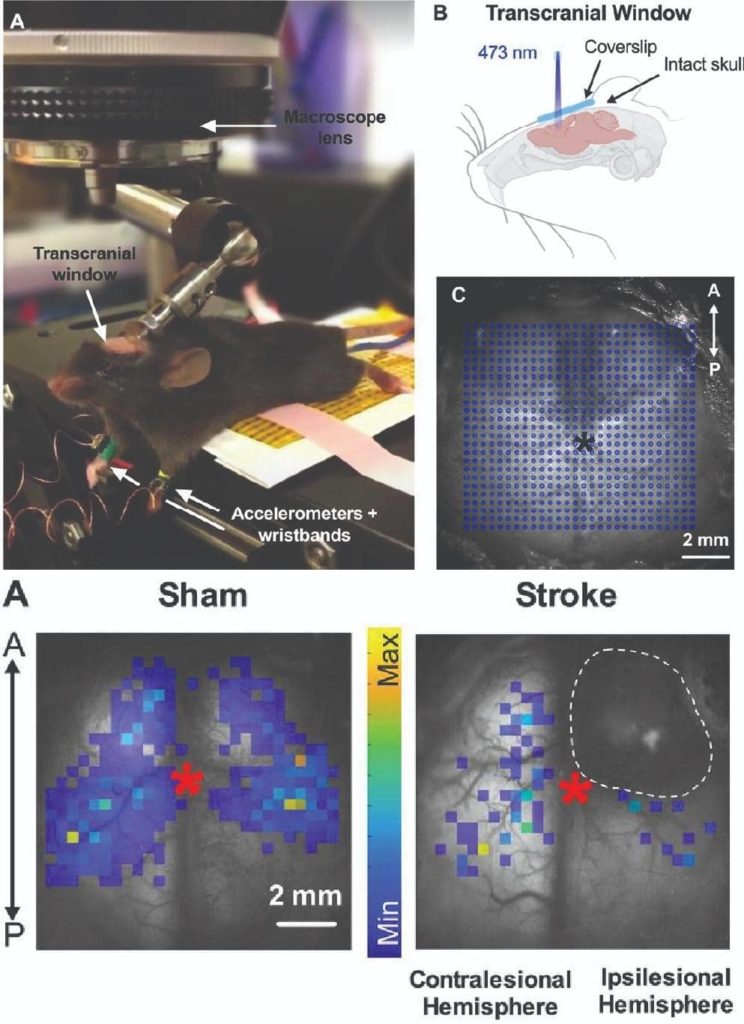
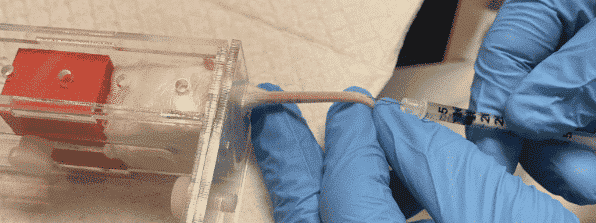
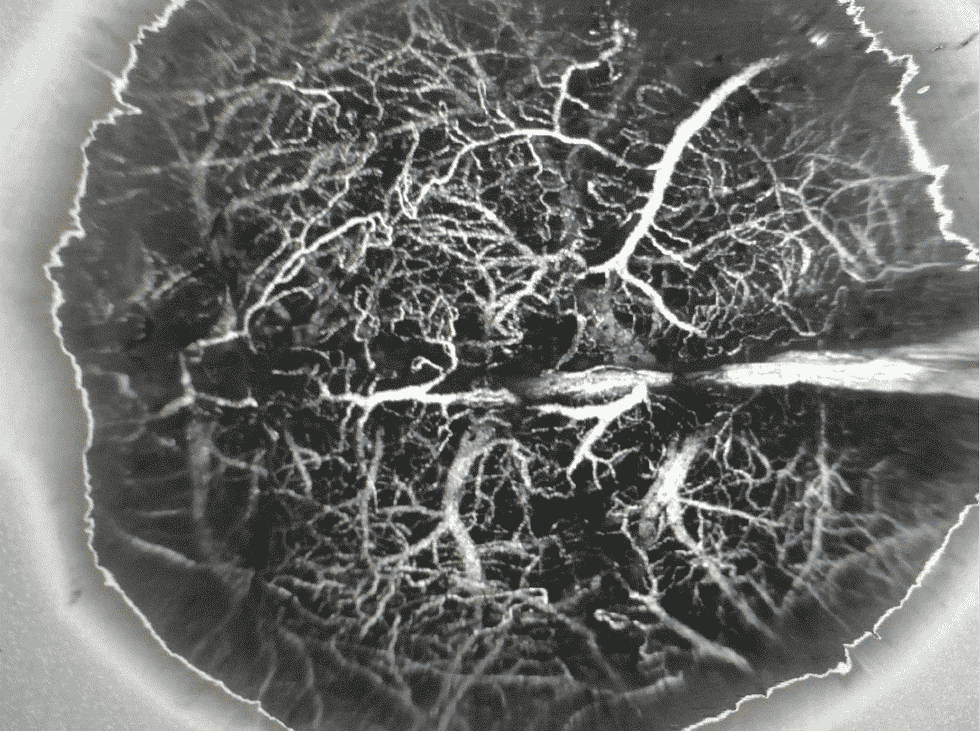


We are pleased to announce the expansion of our contract research services into a full spectrum model that unifies imaging and omics platforms within a
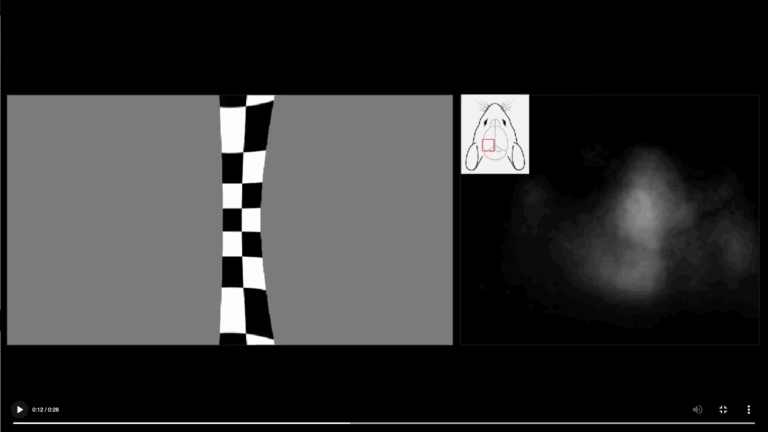
The visual system of mammals is organized so that each section of the visual field is processed by a corresponding region of the brain. This